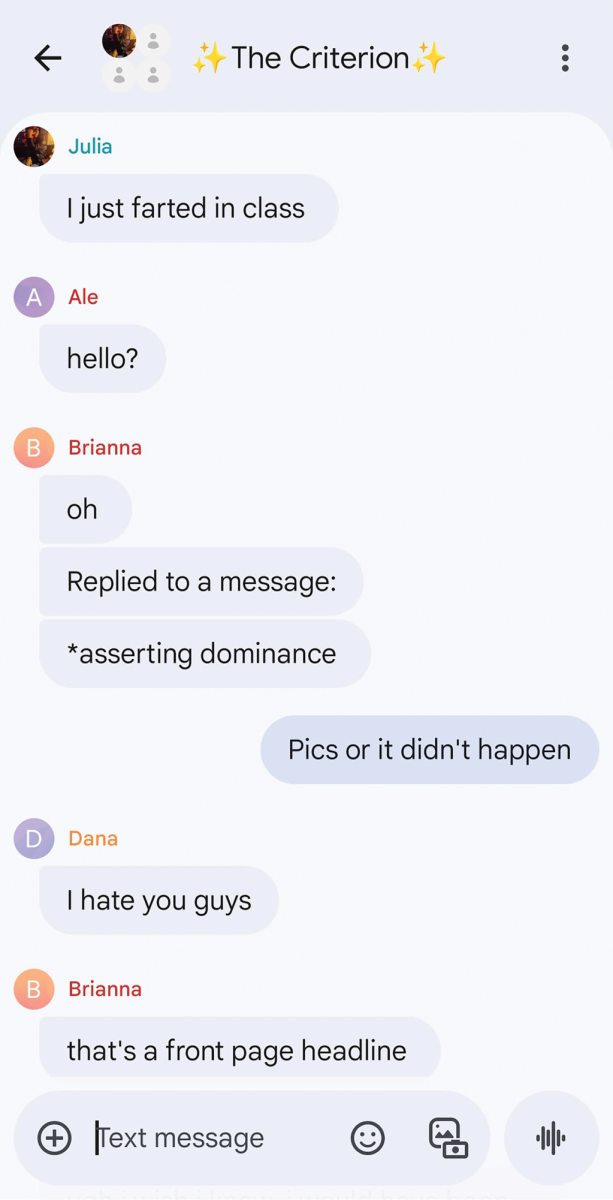The city of Grand Junction has been offered an interesting opportunity to step forward, instead of backward. To provide an education their children deserve, instead of turning a blind eye to the issue at hand. To overcome the odds stacked against Mesa County students, and offer them a better beginning.
In a few short weeks, voters registered in Mesa County will be considering two ballot issues which provide funding to School District 51, 3A and 3B.
The first of these ballot issues proposes a tax increase to add five more days to the academic calendar, implement additional staff training, provide up-to-date technology and update school facilities.
The second of these ballot issues proposes an increase to the district’s debt in order to replace the building of Orchard Mesa Middle School and add gymnasiums to the Dual Immersion Academy and Palisade High School.

President Tim Foster has endorsed the issues in an opinion piece for The Daily Sentinel. The CMU board of trustees recently passed a resolution in support of the issues as well.
But, why should CMU students, none of whom are currently, or may never have been, a part of District 51, care if these ballot measures pass?
CMU is intent on becoming one of the premier state universities, a fact that is obvious from their reported mission to become Division I, to the rapid campus expansion, to the CMU20000 movement. However, if the primary and secondary schools in the Grand Valley aren’t preparing students to seek higher education, how can CMU hope to compete with larger universities?
According to test scores, District 51 is ranked 80th out of the 109 ranked districts in the state (which has a total of 178). On the other hand, the Boulder Valley School District, which contains the primary and secondary schools that surround the University of Colorado Boulder, ranks 9th. The correlation between these two is perhaps not direct, but it’s difficult to argue with the cultural implication. A community that values education–and funds education–sees the benefits when students are college-ready.
Though the proposed ballot issues do move to add five days to the academic calendar, bringing the district closer to the national average of 180, the main problems that 3A and 3B address are funding and facilities.
It might not seem like a building is important for education. But, consider how much you’ve likely heard your own classmates (or yourself) complain about how cold the air conditioning makes buildings like Escalante? Students here call the temperatures distracting and we’re all complaining about new facilities. Facilities at schools like the Orchard Mesa Middle School are nearly 60 years old, and some in dire need of repair and some well beyond.
According to the Mesa County Elections Tabor Information booklet, problems with the plumbing systems cause the air to smell like sewage. It’s ridiculous to assume students can concentrate on academics in conditions such as these, or to accept that American students have to learn in an environment such as these.
Tax increases are never popular, but when taxes are designated to benefit students, the monetary increase it worth it. Not only does a strong educational system from elementary school up benefit the university, it also benefits the community.
The funding from these increased taxes is not out of the ordinary for a Colorado School. In fact, District 51 spends an average of $9,311, approximately $600 less per pupil than that state average of $9,958, according to the compare districts tool on Colorado Financial Transparency Act’s website.
Providing more funding for District 51 is important in more ways than simply helping the district move closer to the state average. Funding will be used to replace textbooks (which are more than a decade old in some schools) and to provide additional training to staff in areas such as technology (currently, the district has one trained staff member per 1500 devices), according to the Mesa County Elections Tabor Information booklet.
School funding provides better resources for students, and resources do affect how students perform in the classroom and how ready they are for college courses. According to Foster in his opinion piece, “hundreds of freshmen need remedial courses and 48 percent of our high school graduates are not pursuing any sort of higher education once they get their high school diplomas.” These should be sobering statistics for a city aiming at becoming a college town.
Education should be valued and funded from the bottom up, creating a community where students feel enabled and encouraged to pursue higher education. The future of Grand Junction and CMU rests in the outcome of this election. If you are a registered voter in Mesa County, vote yes on 3A and 3B.













